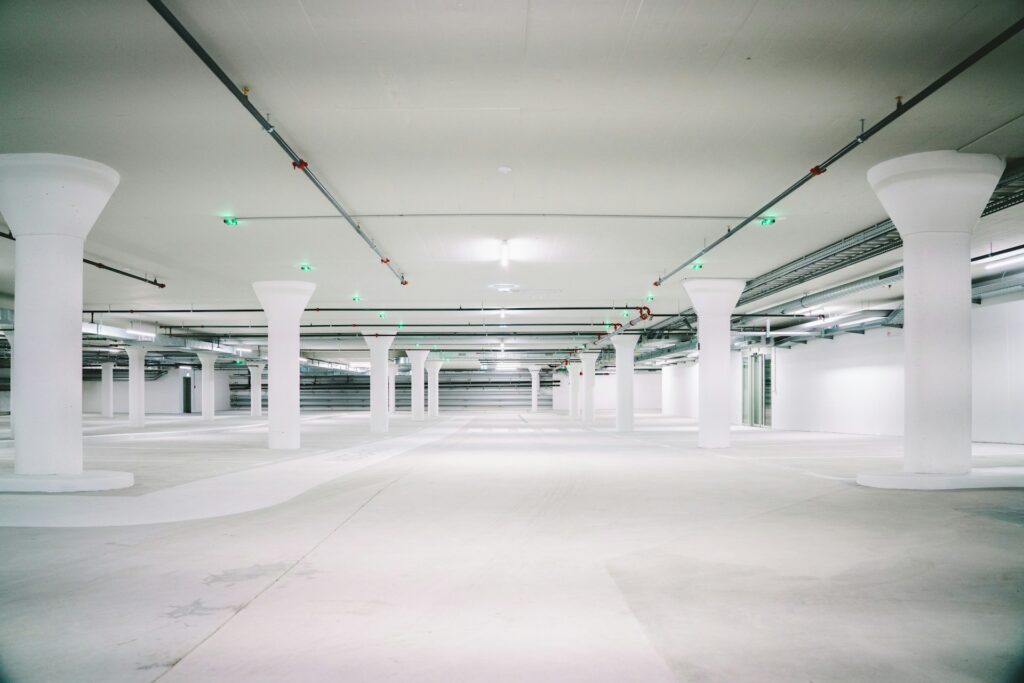The pharmaceutical industry is one of the most regulated industries in the world. Safety, hygiene, and contamination control are at the core of every process, because even the smallest residue or particle can compromise drug quality and patient safety. Among all preventive measures, cleaning plays the most critical role.
But cleaning in pharma isn’t just about mopping floors or wiping down machines. It’s a well-defined, validated, and documented process that ensures all manufacturing equipment, facilities, and surfaces are free from contaminants—be it dust, residues of active ingredients, or microorganisms.
In this blog, we’ll break down how many types of cleaning are there in the Pharma industry, why cleaning validation is so important, and how expert partners like Solitaire Facility Management provide reliable, GMP-compliant cleaning solutions.
What is Cleaning Validation in the Pharmaceutical Industry?
Cleaning validation in pharmaceutical industry refers to a documented process that proves cleaning procedures are effective in consistently removing residues of products, cleaning agents, and microbial contaminants.
Regulatory bodies like the US FDA, EMA, and WHO mandate cleaning validation as part of Good Manufacturing Practices (GMP). The goals are:
- Prevent cross-contamination between products
- Ensure patient safety
- Maintain product efficacy and quality
- Comply with regulatory standards
Validation involves setting acceptance limits, testing samples (like swab and rinse samples), and documenting results to prove cleaning effectiveness.
Why is Cleaning so Important in Pharma?
- Patient Safety – Even trace contamination can cause adverse effects.
- Regulatory Compliance – Failure to validate cleaning can lead to FDA warning letters, fines, or shutdowns.
- Operational Efficiency – Proper cleaning reduces downtime and equipment wear.
- Brand Reputation – Clean facilities build trust in product quality.
Types of Cleaning in the Pharmaceutical Industry
Cleaning in pharma can be broadly classified into different categories based on method, frequency, and purpose. Let’s go in-depth:
1. Manual Cleaning
This involves trained staff physically cleaning equipment or surfaces using approved detergents, disinfectants, and tools like brushes and wipes.
- Advantages: Flexible, cost-effective, can reach hard-to-clean areas.
- Disadvantages: Labor-intensive, higher risk of human error.
- Validation: Must demonstrate that manual cleaning consistently meets cleanliness criteria.
2. Automated Cleaning (CIP/SIP Systems)
- CIP (Clean-in-Place): Automated system that circulates cleaning solutions through equipment (like tanks, pipelines) without disassembly.
- SIP (Sterilize-in-Place): Uses steam or sterilants to disinfect equipment.
- Advantages: Reduces human error, highly consistent, saves labor.
- Industries Use: Sterile manufacturing, injectable facilities.
3. Dry Cleaning
- Used when water or solvents may damage equipment or products (like in dry powder production).
- Methods include vacuuming, air blowing, or wiping with dry cloths.
- Example: Dry powder inhaler manufacturing facilities.
4. Wet Cleaning
- Uses water and detergents/disinfectants to clean surfaces and equipment.
- Suitable for most tablet, capsule, and liquid dosage form manufacturing.
- Involves multiple steps: pre-rinse, washing with detergent, final rinse with purified water.
5. Cleanroom Cleaning
- Pharmaceutical manufacturing takes place in classified cleanrooms (ISO Classes 5–8) where strict cleaning is required.
- Includes:
- Daily Cleaning: Floors, walls, ceilings, and furniture.
- Routine Cleaning: Equipment, laminar airflow units.
- Terminal Cleaning: Complete disinfection after production runs.
Solitaire Facility Management specializes in GMP-compliant cleanroom cleaning services that meet regulatory standards, ensuring sterile conditions for critical pharma processes.
6. Preventive vs. Corrective Cleaning
- Preventive Cleaning: Regular cleaning to prevent contamination build-up.
- Corrective Cleaning: Performed after deviations, spills, or contamination events.
Both require validation to prove effectiveness.
7. Campaign vs. Batch-to-Batch Cleaning
- Campaign Cleaning: When the same product is manufactured continuously for multiple batches, cleaning is done after the campaign ends.
- Batch-to-Batch Cleaning: When different products are manufactured back-to-back, cleaning is required between batches.
Cleaning validation in pharmaceutical industry must establish acceptable carryover limits for campaign cleaning
8. Product Changeover Cleaning
- Critical when switching from one product to another.
- Must prove through swab and rinse testing that no residue of the previous product remains.
9. Microbiological Cleaning
- Focused on eliminating microbial contamination using disinfectants, sporicidal agents, or sterilization methods.
- Key for sterile and aseptic facilities.
Key Steps in Cleaning Validation
- Define Acceptance Criteria – Establish limits for product residues, cleaning agents, and microbes.
- Identify Worst-Case Scenarios – Equipment with complex design, hardest-to-clean products, most potent APIs.
- Develop Standard Operating Procedures (SOPs) – Clear instructions for cleaning methods.
- Perform Validation Studies – Swab and rinse sampling, analytical testing.
- Document Results – Detailed reports showing compliance.
Challenges in Pharma Cleaning
- Complex equipment design
- Potent APIs and hormonal products requiring stricter controls
- Time pressure between production runs
- Ensuring consistency across manual processes
This is where outsourcing to specialists like Solitaire Facility Management ensures compliance without burdening in-house staff.
Role of Solitaire Facility Management in Pharma Cleaning
At Solitaire Facility Management, we understand the critical role of cleanliness in the pharmaceutical industry. Our services are designed to support cleaning validation in pharmaceutical industry with:
- GMP-compliant cleaning practices
- Trained and certified cleaning staff
- Specialized cleanroom cleaning solutions
- Documentation support for audits and inspections
- Use of validated disinfectants and cleaning agents
Whether it’s routine cleanroom maintenance, campaign cleaning, or sterilization support, Solitaire Facility Management ensures pharma companies remain compliant, audit-ready, and safe for production.
Conclusion
Cleaning in the pharmaceutical industry is not just a housekeeping activity—it’s a scientific, validated process essential for product quality and patient safety. From manual and automated cleaning to cleanroom disinfection and changeover cleaning, multiple types of cleaning practices work together to keep pharma facilities contamination-free.
With regulatory bodies placing strict emphasis on cleaning validation in pharmaceutical industry, companies must adopt robust cleaning protocols and documentation systems. Partnering with experts like Solitaire Facility Management ensures every cleaning process meets GMP standards—protecting both business reputation and patient health.

